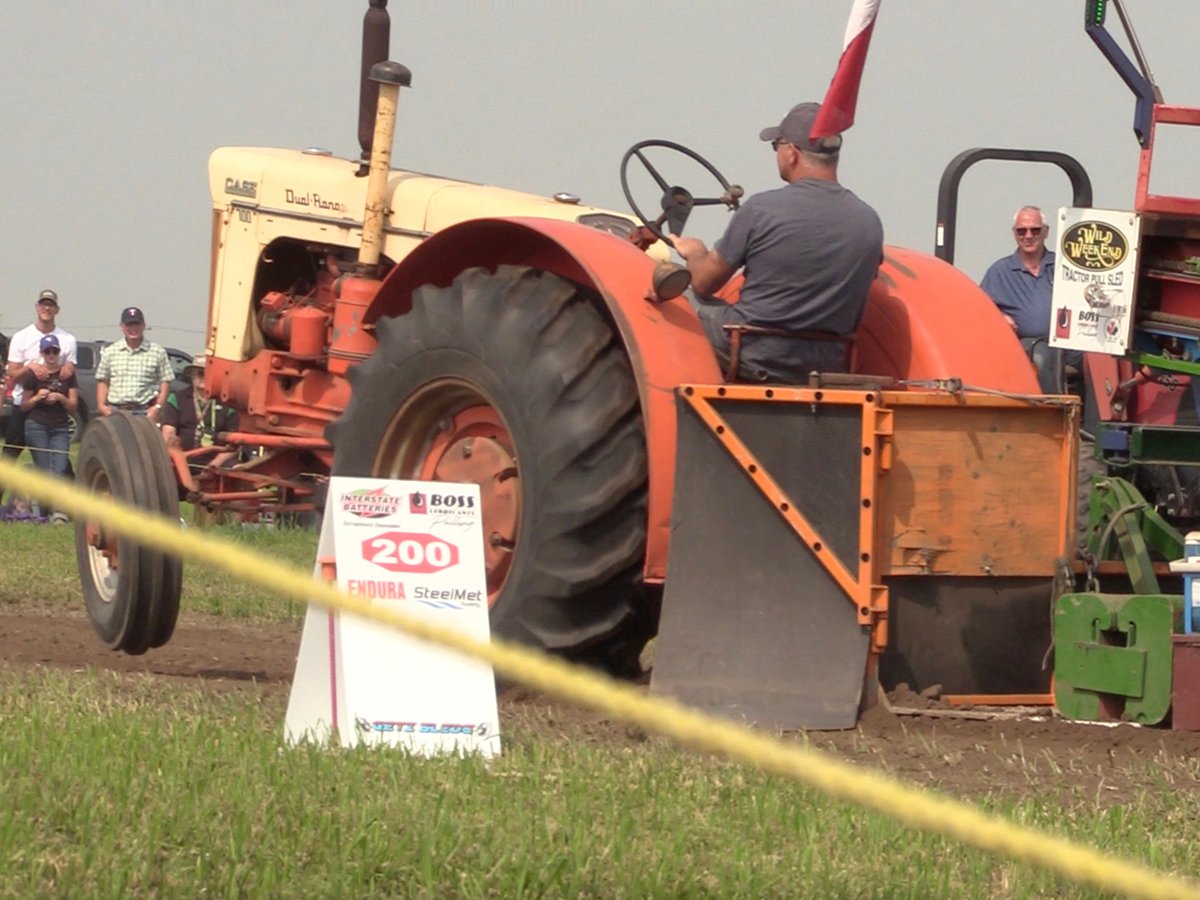A woman’s world is no longer a simple choice between feminism and tradition, argues an academic from the University of Saskatchewan.
It’s OK to be contradictory, geography professor Maureen Green said in a July 5 presentation at a Lived Environments of Girls and Women conference.
Most studies of women’s activism categorize their actions as related to two roles. Women act as mothers, in which they feel compelled to clean up others’ messes, or as a wives who stand by their man.
But Green said these roles can blur. She did a study of women who support the forestry business in Vancouver Island. Normally, one would expect women who are politically active in their community to be on the side of the environmentalists. But while the women she studied lived with and supported their husbands as loggers, they also worked on school issues, domestic violence, recycling and public health concerns.
Read Also

Vintage power on display at Saskatchewan tractor pull
At the Ag in Motion farm show held earlier this year near Langham, Sask., a vintage tractor pull event drew pretty significant crowds of show goers, who were mostly farmers.
Green said past academic studies have not accounted for the many layers that shape women’s lives. One academic study described women in rural communities as “dependent, conservative, materialistic, regressive and-or exhibiting politics borne of their positions as victims of their exploitation within systemic power relations.”
Green disagrees with these labels.
“The dichotomy of women is not natural. It’s a socialized thing, but one we struggle with. As women become feminists it’s difficult to get support and see ourselves reflected in other women.”
Green said moving away from an image of women as one dimensional led her to a concept that is probably familiar to farm women. That is the idea of embeddedness. She describes it as a sense of being rooted to a place and its social life. This growing together of space and place can help women speak to each other and listen to their differences in political beliefs without judging each other.
Sympathy and compassion were behind another example discussed at the conference. Six women, strangers to each other who shared only an academic experience, came together in a talking circle. The group’s regular meetings led to a mentorship system and freed them to talk of their personal and professional lives. They decided to mark their caring approach by sewing a quilt.
Sewing projects have an honoured history among women, said Denise Larsen, a University of Saskatchewan education professor and a member of the group.
“Quilting in pioneer times allowed for rich and rare occasions for women’s talk, a route to self-expression. Today it still is for women to explain their world.”














